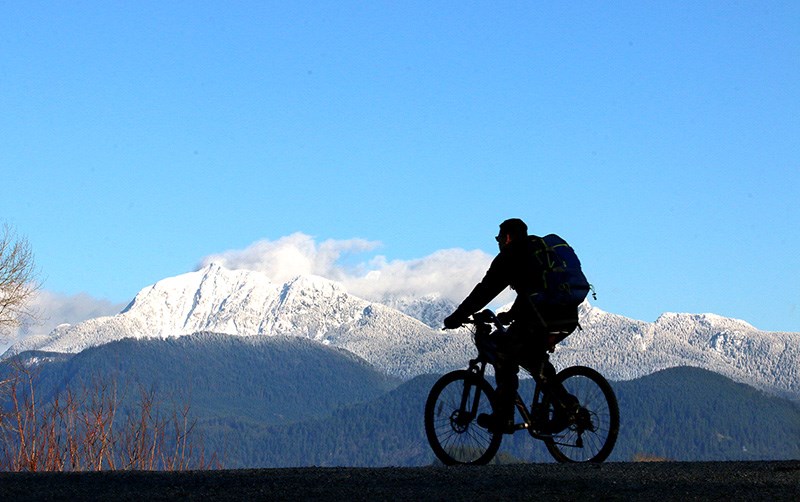Cyclists in the Tri-Cities can pedal along more than 1,400 kms of marked or protected bikeways throughout Metro Vancouver and TransLink is in the process of building more secure bike locker facilities at its SkyTrain stations to encourage commuters to make cycling a part of their journey.
Soon cyclists will have a better idea of what that means for their riding experience.
The advocacy group HUB Cycling is teaming up with TransLink and 21 municipalities across Metro Vancouver to produce the first comprehensive report on the state of cycling in the region.
Gavin Davidson, the project’s manager, said the report will provide a benchmark for the state of cycling in the region.
“This report will allow us to better understand what types of cycling facilities are needed and where,” he said.
Davidson said historically cycling infrastructure in Metro Vancouver has been piggybacked onto the investments in other infrastructure designed for cars and in locations that weren’t always optimal for getting around on two wheels.
“The result was a disjointed network of cycling routes that did little to attract people who were interested in cycling more often, but who were concerned about riding in close proximity to fast moving cars and trucks,” he said.
But cycling is growing in popularity as public attitudes have shifted, Davidson said. People are getting on bikes to improve their health and fitness, counteract climate change, save money or just to enjoy themselves. In fact, a 2016 study shows 10% of all trips in Vancouver are made by bike.
Davidson said that will only increase as facilities improve and cycling infrastructure is better connected.
“Ridership growth tends to be stronger when bicycle facilities link key destinations like home and work, shopping and schools, and in instances where trip distances are short,” he said.
Driving that growth even higher will require getting all the municipalities in the region on the same page with TransLink, which governs transportation for the entire Metro Vancouver region, Davidson said. The report will facilitate a common language for things like definitions of bike facilities and trip counts, as well as classification of bike route.
That standardization will make it easier for regional and municipal transportation engineers and planners to make informed decisions about future improvements to the cycling network. It will also provide cyclists with a public map and inventory of all the existing cycling infrastructure available to them.
Davidson said the report is expected to be completed in the spring.



